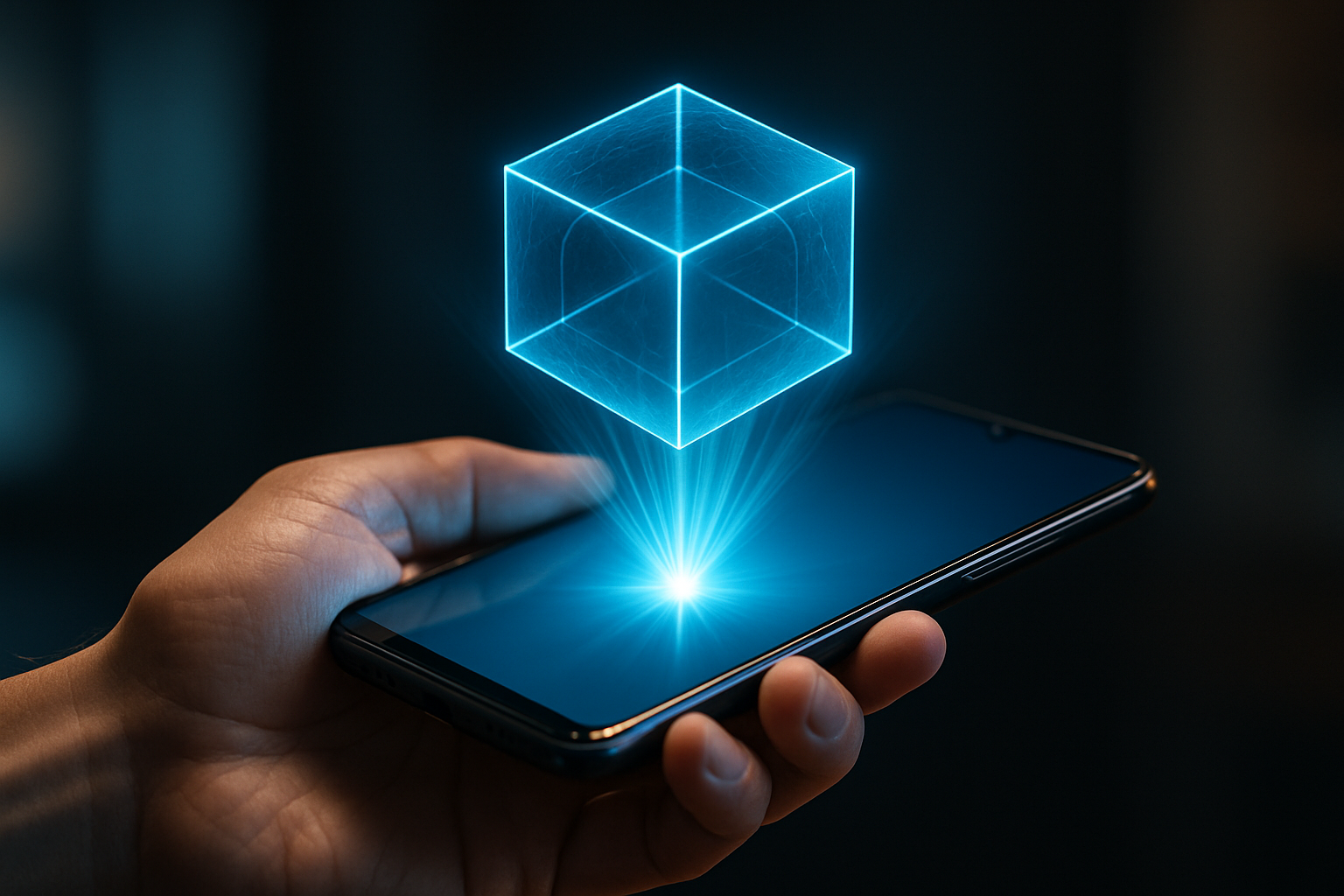Holographic Smartphones: The Next Dimension in Mobile Tech
In a world where smartphone innovation seems to have plateaued, a groundbreaking technology is poised to reshape our mobile experience. Holographic displays, once relegated to the realm of science fiction, are inching closer to becoming a tangible reality in our pockets. This leap forward promises to revolutionize how we interact with our devices, offering a three-dimensional interface that could make current touchscreens feel as outdated as flip phones.

In the last decade, researchers have made substantial progress in miniaturizing holographic technology. The challenge has been to create a system compact enough to fit within a smartphone while still producing high-quality, viewable 3D images. This has involved advancements in light field technology, which captures the direction of light rays in addition to their color and intensity, allowing for the recreation of three-dimensional scenes.
How Holographic Smartphones Work
At the heart of holographic smartphone technology lies a complex interplay of optics, lasers, and advanced algorithms. Unlike traditional displays that project light onto a flat surface, holographic displays create an illusion of depth by manipulating light waves to mimic how objects appear in the real world.
The system typically consists of a specially designed LCD panel, a backlight made up of precisely controlled LEDs or lasers, and a layer of tiny lenses. When light passes through this setup, it’s diffracted in ways that trick our eyes into perceiving a three-dimensional image floating above or below the screen’s surface.
One of the most promising approaches uses what’s called a “lightfield display.” This technology creates multiple perspectives of an image, allowing viewers to see different angles as they move their head, just like looking at a real object. The result is a convincing 3D effect without the need for special glasses or eye-tracking cameras.
Current Prototypes and Future Possibilities
Several tech giants and startups are racing to bring holographic smartphones to market. While most are still in the prototype stage, the progress is encouraging. One notable example is the RED Hydrogen One, which, although discontinued, was one of the first attempts at bringing a “holographic” display to consumers. While it didn’t quite live up to the hype, it paved the way for more advanced iterations.
More recently, companies like Light Field Lab have demonstrated prototypes that create true holographic images viewable from multiple angles without any headgear. These displays, while still too large for smartphones, show the potential of where the technology is headed.
Experts predict that we could see the first commercially viable holographic smartphones within the next 3-5 years. These devices are expected to carry a premium price tag, potentially ranging from $1,500 to $3,000 for early models, positioning them as high-end luxury items initially.
Applications Beyond Communication
The potential applications of holographic smartphones extend far beyond simple communications. Imagine three-dimensional mapping that allows you to explore a city virtually before you visit, or augmented reality games that bring characters to life in your living room. In education, students could manipulate 3D models of molecules or historical artifacts directly from their phones.
For professionals, holographic displays could revolutionize fields like architecture and product design, allowing for real-time 3D modeling and presentation. In healthcare, doctors could use these devices to visualize complex medical imaging data in three dimensions, potentially improving diagnosis and treatment planning.
Challenges and Limitations
Despite the excitement, several challenges remain before holographic smartphones become mainstream. Power consumption is a significant hurdle, as creating high-quality holograms requires substantial processing power and energy. Battery technology will need to advance considerably to make these devices practical for everyday use.
Another issue is content creation. While 3D modeling and animation have come a long way, producing high-quality holographic content at scale remains complex and expensive. The industry will need to develop new tools and standards to make holographic content creation more accessible.
There’s also the question of user interface design. Current smartphone interfaces are optimized for 2D interactions. Designing intuitive ways to navigate and interact with 3D holographic interfaces will require a complete rethinking of mobile UX principles.
The Road Ahead
As holographic smartphone technology continues to evolve, we stand on the brink of a new era in mobile computing. While challenges remain, the potential benefits are immense. From revolutionizing how we consume media to transforming professional workflows, holographic displays could mark the next significant leap in smartphone evolution.
As with any emerging technology, it’s likely that early iterations will have limitations and high costs. However, as the technology matures and becomes more widespread, we can expect prices to drop and capabilities to improve dramatically. The next few years will be crucial in determining whether holographic smartphones will become the next must-have gadget or remain a niche curiosity.
One thing is certain: the race to bring holographic displays to our pockets is on, and it promises to add an exciting new dimension to our digital lives. As this technology moves from science fiction to reality, it has the potential to reshape not just how we use our phones, but how we interact with the digital world around us.





